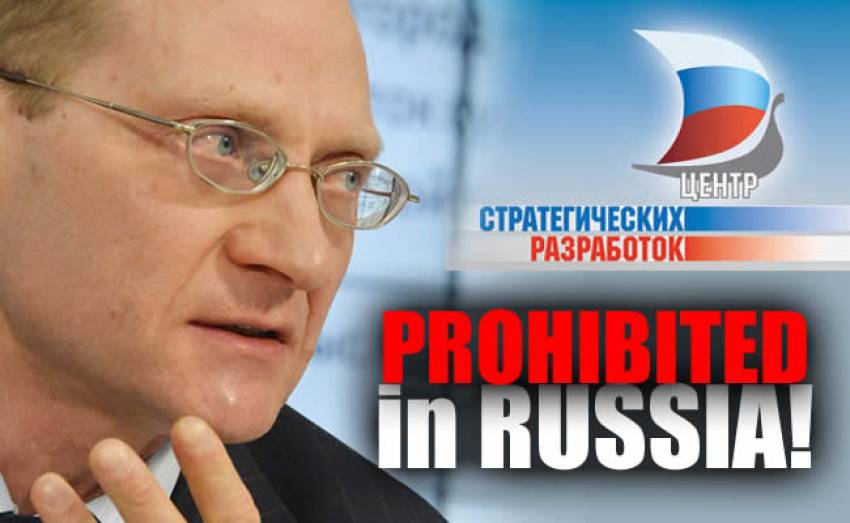Currently, the American Society of Civil Engineers (ASCE) gives the United States’ infrastructure a C- grade, slightly below mediocre. In fact, for the past twenty years, America has always scored a grade in the D range.
In comparison to our global competitors, America ranked 13th in our infrastructure’s competitiveness - behind the United Arab Emirates but ahead of Belgium - according to a 2019 World Economic Forum report. The top spots went to Singapore followed by the Netherlands. What about China? China comes in behind us at 36th, largely due to a lack of infrastructure development in more rural and western provinces. But if China’s coastal provinces - which are more densely populated and significantly wealthier - were judged independently, they would likely be higher up the list.
Even so, China’s level of investment outpaces the United States by several-fold. For example, the United States spends less than 0.5% of its GDP on transportation infrastructure, while China spends close to 6%. It should be no surprise then that ASCE states the United States needs an additional 2.5 trillion dollars of investment over the next 10 years to improve the country’s infrastructure to a good state of repair - i.e. not including any flashy high-speed rail lines or brand new airports. This so-called ‘infrastructure investment deficit' has grown by 500 billion dollars in the past 4 years thanks to accumulating underinvestment.
America’s interstate highway system serves as the perfect example to showcase the contrast between past ambition and today’s deterioration. Arguably the nation’s most impactful investment in infrastructure, the ‘National Interstate and Defence Highways Act’ was signed into law by President Eisenhower in 1956. The act called for the construction of more than 40,000 miles of public highway and would connect every city with a population greater than 50,000. Even today, the interstate highway system is the largest of its kind in the world and facilitates trillions of dollars’ worth of economic activity.
The total cost of the system was close to 500 billion dollars, 90 percent of which was paid for by the federal government. The act also created the ‘Highway Trust Fund’ and the federal gas tax to pay for continued maintenance and expansion of the system. However, the federal government has the additional responsibility of passing ‘Surface Transportation Bills’. These bills should adjust the gas tax to reflect inflation, new projects, and current repair costs - usually for a 4 or 5 year time period.
Yet for the past 28 years, Congress has not come to an agreement - arguably due to a lack of political will - to raise the tax. The result is by 2030 the Highway Trust Fund will have accumulated a shortfall of close to 200 billion dollars. In the meantime, the system is forced to increasing traffic levels and delays to repairs and expansion, hence the deterioration of its quality. More recently the Highway Trust Fund has been used to fund projects outside its planned scope - namely state/local roads and transit projects - in order to broaden (or buy) political support from Congress. The Highway Trust Fund is emblematic of the greater emphasis placed on political pet projects, increasing legacy infrastructure costs, and a lack of political will to raise new sources of revenue - at the expense of the nation’s infrastructure.
The solution most often proposed is a comprehensive infrastructure bill, one which addresses the ‘infrastructure disinvestment deficit’ by funding new projects. But like most things in Washington, it seems to have devolved to partisan bickering.
President Obama continually proposed increasing infrastructure spending throughout his presidency but found little common ground with the Republican congress. Former President Trump flirted with a 1 trillion dollar infrastructure bill. His plan focused on using roughly 200 billion dollars of federal funding to incentivize states and private institutions to invest in the form of public-private partnerships. But fellow Republicans saw infrastructure low on their list of priorities, and democrats had little appetite to negotiate with the president.
President Biden also campaigned on a promise to renew the nation’s infrastructure. His initial proposal had a price tag of 2.1 trillion dollars, but also covered ‘human infrastructure’. Human infrastructure refers to social programs which improve the competitiveness of the labor force. Republicans countered with a proposal to 500 billion dollars of spending exclusively on ‘traditional’ infrastructure. Looking for a bipartisan agreement, President Biden and Republicans, namely in the Senate, began further negotiations.
The current bipartisan agreement costs roughly 1 trillion dollars and focuses on physical infrastructure, however it could possibly include less traditional infrastructure such as broadband or green energy. Half of the funding for the plan comes from unused COVID relief funds, roughly 400 billion dollars’ worth, while the remainder of the funding is currently under negotiation. Republicans have been firm in their opposition to increasing corporate or individual tax rates to fund the plan so it is likely that the other half will be paid for by deficit spending. Regardless, the current bipartisan infrastructure plan would mark the single largest investment into America’s infrastructure since the aforementioned 1956 ‘National Interstate and Defence Highways Act’.
However, critics both on the Republican and Democratic sides raise several valid concerns. Democrats argue the current bipartisan framework is not ambitious to address the nations ‘disinvestment deficit’, which is true. Republicans are concerned the plan does little to address America’s high construction costs and build new long term funding sources, which is also true. Whether or not Republicans and Democrats will be able to put partisan differences aside to invest into America will not only determine the state of the nations infrastructure, but also our institutions.
Daniel Fourman
July 0f 2021
Specialty for Russia House Publishing

















